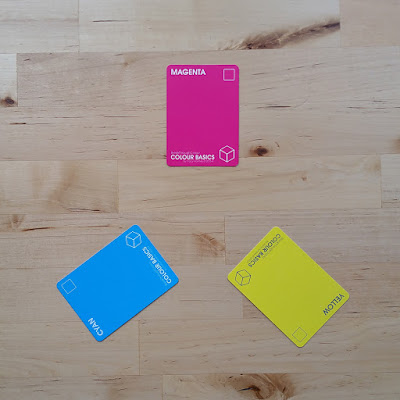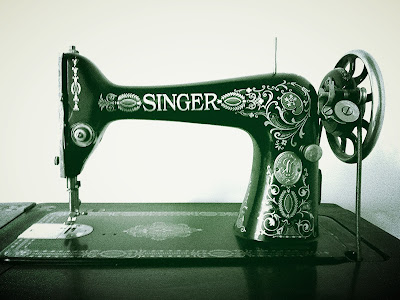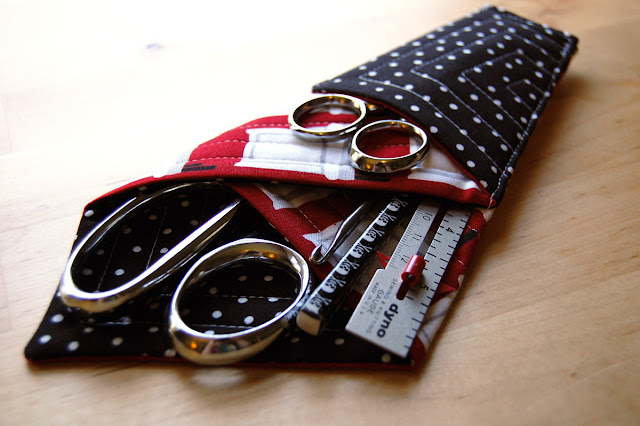Color Theory Tool: BreakThroughColor Cards
I've just discovered a new Color Theory toy - errr, I mean tool! I saw these color cards online a few months ago, found myself obsessing over them (but did I really need any more color tools), and finally (yes, yes i did really need more color tools) ordered the Color Basic deck to see what it's all about. Developed by Artist and Educator Tracy Holmes, these BreakThroughColor cards and cubes help you think and learn about color in a new way.
First of all, a note about the spelling of the word COLOR. I'm in the USA, and our spell-checkers like us to use this spelling. The cards and their inventor Tracy are from Canada, and thus the word is spelled Colour on the cards, website, and all supporting information. Let's just leave it at that, and not start a tussle about spelling, right!
I've had my deck for about a week, and I can already tell these will be helpful in many ways, from trying out color combinations to using in conjunction with some Color Theory exercises to help learn about color relationships. I would wholeheartedly recommend this to anyone who is just getting interested in learning about Color Theory. And especially and quilter interested in learning more about color. With the currency exchange rate between the US dollar and Canadian currency, this deck costs less than $25.00! Go get your deck!
These cards are just like playing cards. They feel good in your hands, are easy to shuffle through, pull out, stack, lay out, look at, and play with. Based on the CMY color system (partitive color), this deck offers several basic ways to learn about this color system.
First, there is a set of Hue cards, showing the full colors in the system. Three Primary colors are Cyan, Yellow and Magenta.
Secondary colors are Green, Blue and Red.
And the Tertiary colors are a mixture of each Primary and Secondary. Notice that each card has a series of symbols on the top and bottom. These are all clues in the deck to help you learn about each color and how they relate to each other.
The back of each card gives you basic information for each color on the front, including an approximate mix of the CMY scale, how much black/white/gray is in the color, and an approximate value for the color.
The deck includes a series of the 12 basic hues, and a set of these 12 colors in tints, tones, and shades. Again, the symbols on the cards help you to identify each color as either a hue, tint, tone, or shade very easily.
I found it very simple to start pulling out color combinations, like this split complement with Magenta, Yellow Green, and Cyan Blue. Each hue stack has the tint, true hue, tone, and shade - very cool!
I pulled a quick complementary pair, Yellow Green and Violet, including each tint, true hue, tone, and shade.
And an instant later was playing with different tonal values of these complementary pairs. Super cool!
Also included in the Color Basics deck is a complete achromatic gray scale (great for playing with value, or helping you to identify values of other colors) and a set of gray based on mixing the three Primary colors Cyan, Magenta, and Yellow together.
What I do also like about these cards is all of the supporting information on the website, including a set of FREE lessons to help you learn about using the cards called Leap Into Color! I spent an evening after dinner covering the first few lessons, which tipped me off on how to read and understand the symbols on the cards.
I also purchased the Color Breakthrough set (contains many more colors than the Color Basics set), and hope to find time to sit through a few more Leap Into Color lessons to learn how to read and use this deck very soon. With more tints, tones, and shades than the Color Basics deck, it offers the opportunity to really dive in to exploring color!












Comments